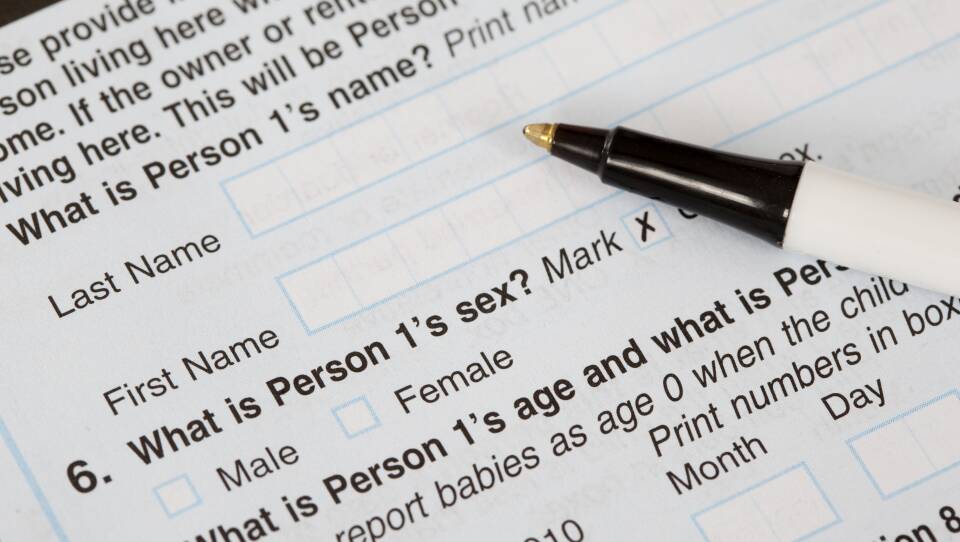A few years ago, I started keeping a list of the TV ads which featured nonwhite families in run-of-the-mill scenarios like grocery shopping, or doing laundry, or eating at a restaurant. Nothing out of the ordinary, except the actors of color hired to portray average American families — or average Americans were typically not cast in those roles. Instead, if they were featured, they would often appear playing to stereotype: you know the geeky Asian tech experts selling computers, or the Black kids breakdancing in hip clothing and the Latina grandmas flipping tortillas.
Of course, this kind of stereotyping is still around, but slowly there have been more commercials featuring people who — as we say — look like America. All of America. I don’t think it happened by accident. Advertisers have a plethora of trend watchers employed to help them stay out in front — or on top of — societal shifts. Easier to sell products.
What I’ve been seeing on-screen mirrors the racial and ethnic demographic changes which became evident even before the 2010 census reporting made it official. At that time, about a fourth of all American kindergartners were Latino, with projections that by 2023, kindergartners of color would be in the majority — and, by 2042, a combined majority of Latino, Asian and Black Americans.
It looks like it may happen before then. The latest data from the 2020 census underscores both the sharply rising numbers of nonwhite groups and the faster pace of the growth. Latinos remain the fastest-growing group, followed by Asians, with gains in the African American group increasing in smaller numbers. Mixed race or biracial Americans now represent about 10% of the general population. People who claim two or more races as their identity have more than tripled — up from 9 million in the 2010 census to 33.8 million in 2020. Census official Nicholas Jones put it this way, “The U.S. population is much more multiracial and much more racially and ethnically diverse than we have measured in the past.”
To be clear, whites in the U.S. are still the majority — at least for now. But the census survey confirms that, with rare exception, there is no place in the nation where the country isn’t diversifying.
But the reality is, these demographic shifts have huge implications for the future, especially the political future, as legislatures begin drawing the state and Congressional districts. Voter suppression flourished in some of the weirdly shaped districts designed to depress or diminish the ballot power of voters of color. If the shrinking white majority fights to hold the leadership and power positions, the U.S. is in danger of becoming a version of South Africa’s apartheid, with a government led by a small white minority. Like in the U.S., there was a civil war in South Africa and a lot of bloodshed before that country began its still-unfolding journey toward equity for all of its citizens.
As America struggles with racial and ethnic tensions and the increase in hate crimes, the census findings refute the white supremacists’ mantra about “taking back our country.” The numbers demonstrate that their venomous fantasy of going back to the way things used to be is just that: a fantasy. And it’s pretty certain that non-white groups were undercounted in this census.
No getting around it, the face of America is changing — no longer the often-described melting pot, but a multicultural stew.








